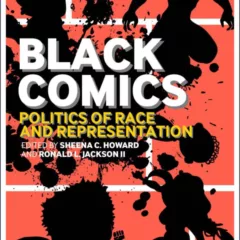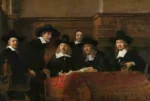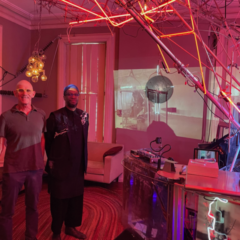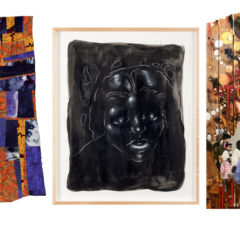By Susan Peiffer
Philadelphia’s plentiful parks and abundance of art museums are just two of the many things that make this region a great place to live. But there is another important factor that has made this all possible – our magnificent waterways.
Understanding the historical significance of our mighty rivers is vital to understanding Philadelphia’s development into a world-class city.
While the original significance of the city’s two rivers may have been more about sustaining commerce, our waterways have evolved from industrial passageways to mixed-use resources that allow for creative collaboration.
The City Parks Association (CPA) has played major roles in urban planning since 1888. In addition to bringing over one hundred public parks into existence and spearheading the design of the Benjamin Franklin Parkway, the CPA guided the relocation of railroad routes through the City and away from its riverbanks, creating a vibrant new relationship between the city and its waterways.
“Moving the railways off the banks gave us a walking trail like none other – the Schuylkill Banks – allowing the western edge of center city unprecedented access to water. Interestingly, the very same waterways that inspired the design of the city continue to be the glue that brings our stories together,” says Deenah Loeb, Executive Director of the City Parks Association.
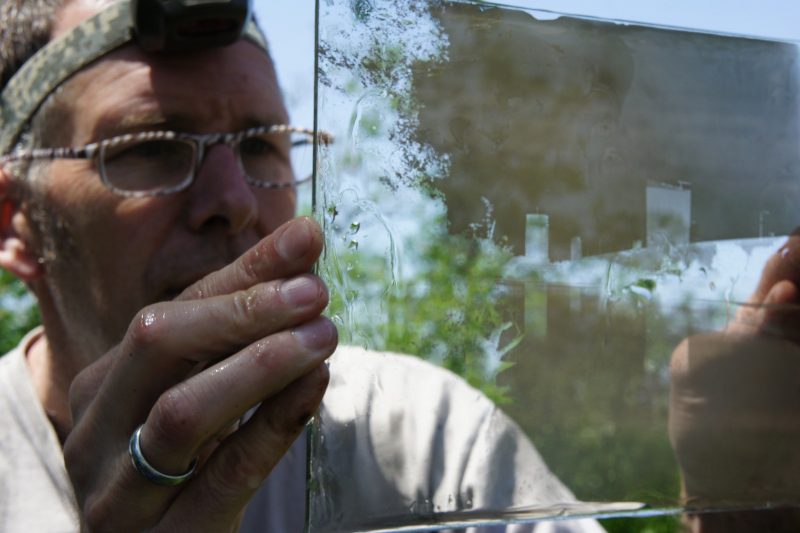
Long before the EPA existed, the historic Fairmount Water Works (FWW) played a pivotal role in cultivating an appreciation for the connections between daily living and the natural environment. When its doors opened in 1815 this landmark engineering marvel on the East Bank of the Schuylkill river was the sole water pumping station for the City of Philadelphia. While our methods have changed over the years, FWW continues its mission of sustainability by educating the public about Philadelphia’s urban watershed and encouraging informed decisions about the use of land and water.
Like our waterways, artistic expression has long been a catalyst for public engagement, and as the city evolved a greater value was given to the creative voice. The same spirit of innovation that drove the creation of the Fairmount Water Works inspired the city’s earliest planners to create the Benjamin Franklin Parkway. The Parkway does more than serve as a “grand boulevard” and a gateway to the city; it is also home to an impressive collection of museums, fountains and public sculpture. It is on the Parkway, at the foot of the famous Art Museum steps, where the city gathers for major events, concerts, marches, and Fourth of July fireworks.
While the Schuylkill River Trail was designed to connect the city to its rivers, the Benjamin Franklin Parkway, with its beautiful fountains, was created to connect the city to its parks. This natural synergy is even more relevant in 2018 as we celebrate the Parkway’s Centennial.
Philadelphia’s urban waterways are like a thread that binds the Philadelphia story together, punctuating its rich history of urban development.
Fortunately, there’s a biennial event that brings our parks, art and waterways together in a unique and powerful way. Art in the Open Philadelphia (AiO), presented through the PNC Arts Alive initiative, is a citywide event that turns the Schuylkill River Banks into an open-air studio for a selected group of artists. Just as this event aims to inspire new ways of seeing the river, the artists’ creations mimic the natural evolution of the waterways that have shaped the city’s identity.
By celebrating artists and their inspirations for producing art in an urban environment, Art in the Open weaves the everchanging role of art into the city’s history. In collaboration with the City Parks Association, the Fairmount Waterworks, and the Center for Emerging Visual Artists, AiO fosters engagement with art, artists and the environment while celebrating the city’s historic, ecological, industrial and artistic connections to the river.
“Art in the Open gives visitors that uncommon experience of watching artists in action, one that blurs audience lines and transcends the traditional arts viewing experience,” says Lisa Brown, CEO & President of the Center for Emerging Visual Artists (CFEVA), “This free biennial event brings the creative process into the public sphere and allows visitors to witness new works of art evolve while engaging with a vibrant community of artists–in some cases becoming part of the creative process.”
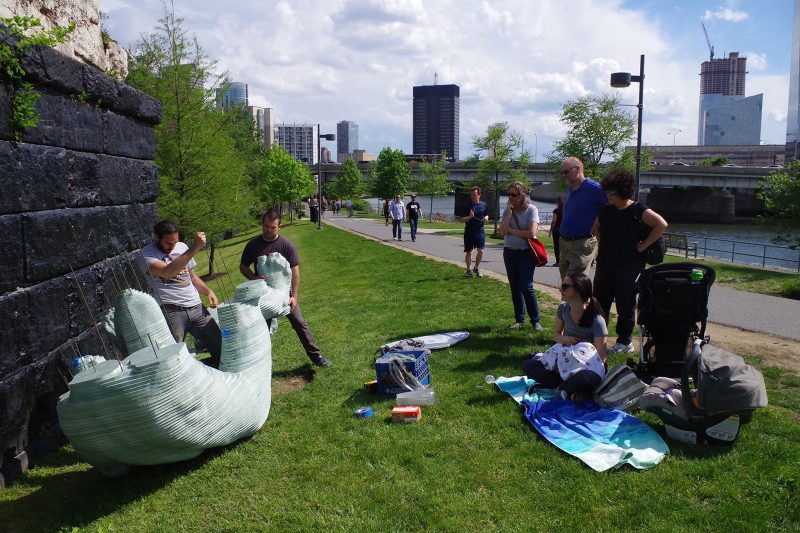
Running Friday through Sunday, May 18th through May 20th, Art in the Open will be happening from dawn to dusk along the Schuylkill River Trail, from the historic Fairmount Water Works to South Street. The event will feature 33 artists creating brand new works that speak, in some way, to the ecological process.
Together with civic and cultural organizations throughout the city, the AiO experience will be extended through related programs surrounding the event, all showcasing Philadelphia’s vibrant art scene.
Join CFEVA from May 18 to 20, 2018 as a new group of up to 40 jury-selected artists and collaborative teams working in all media take to the Schuylkill River Trail, from the historic Fairmount Water Works to South Street, to develop artwork that will inspire new ways of seeing the river and the city it runs through.


